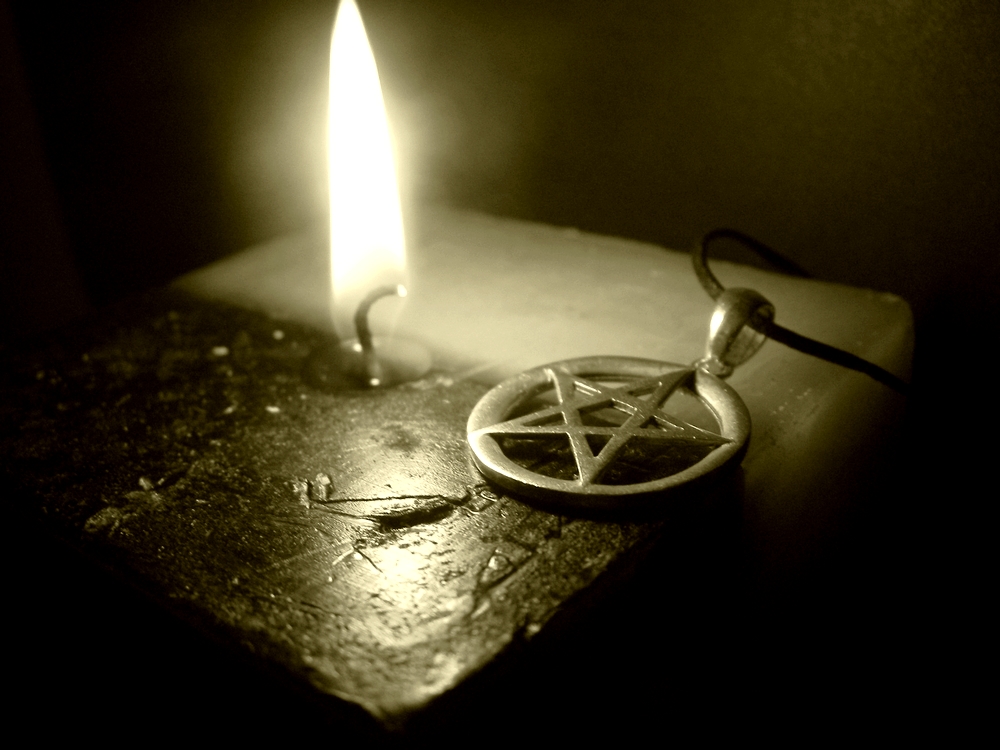Goal of Lammas: Have Fun, Give Thanks and Celebrate
Quick Summary: At this time of year, worshippers celebrate in various ways, whether in solitude or as part of a family or group. Harvesting one’s own crops, participating in games, reciting chants in honor of the season, baking breads and berry pies for feasts or for sacrifice in rituals, and arts and crafts like making corn dollies and harvest knots are all ways in which Lammas is honored.
There are many customs throughout Europe around the cutting of the grain or corn and they applied to all cereal crops including wheat, barley, rye and oats. Both the cutting of the first gain and the last grain are significant.
The first sheaf would often be ceremonially cut at dawn, winnowed, ground and baked into the Harvest Bread which was then shared by the community in thanks. The first barley stalks would be made into the first beer of the season. The first sheaf guarantees the seed and thus continuity.
The last sheaf was also ceremonially cut, often made into a ‘corn dolly’, carried to the village with festivity and was central to the Harvest Supper. The corn dolly was made into a Corn Maiden (after a good harvest) or a cailleach, hag or cone (after a bad harvest). She could be dressed with ribbons, even clothed.
This last sheaf would live in the home, often above the fireplace or hearth of the home, until the next harvest. Or it might be placed in the branches of a tree or mixed with the seed for the next year’s sowing. In some way it eventually needed to return to the earth from whence it came so that the fertilizing spirit of John Barleycorn, of the Harvest God, could pass from harvest to harvest. It could be ploughed back, returned to decay and rot, or burnt and the ashes scattered.
In some parts of Europe the tradition was to weave the last sheaf into a large Corn Mother with a smaller ‘baby’ inside it, representing the harvest to come the following year. Once the harvest was completed, safely gathered in, the festivities would begin. Bread was made from the new grain and thanks given to the Sun’s life-giving energy reborn as life-giving bread.
Starting your own traditions
Rather than just following a ritual you read here or online, you may like to think of some ways that you can attune yourself with the spirit of this time of year. Many Witches like to get out into the harvest fields, and will take seasonal fruit picking jobs as they enjoy doing some manual labour outside in keeping with nature’s rhythms.
For city dwelling folk this can be something of a working holiday. Others will take their families into orchards and have picnics (make sure, of course, that you have asked permission of the landowner and cleared up afterwards if you are going to do this).
As we have seen above the theme of sacrifice runs strong through the mythology, where the corn gives up its life so that we may live. One of the things you might like to do is ask yourself what you can provide for the benefit of others. This need not be something huge; often the small services or kindnesses we do have the biggest effects.
One idea might be to organize a sponsored walk through local footpaths. This can be done in conjunction with a local rambling society, who will be able to advise on possible routes. An eight mile walk designed for families, with a stop over picnic half way through, will not only be a great day out can be used to raise money for a local charity. Another nice activity is to organize a collection of produce, which is then distributed to those in need within the community.
Not every Witch lives somewhere where they can be open about their faith, but these things can all be done without proclaiming to the world one’s belief system. Not only will these acts benefit others, but they will help to strengthen and define your faith, as well as make this time of year more meaningful.




